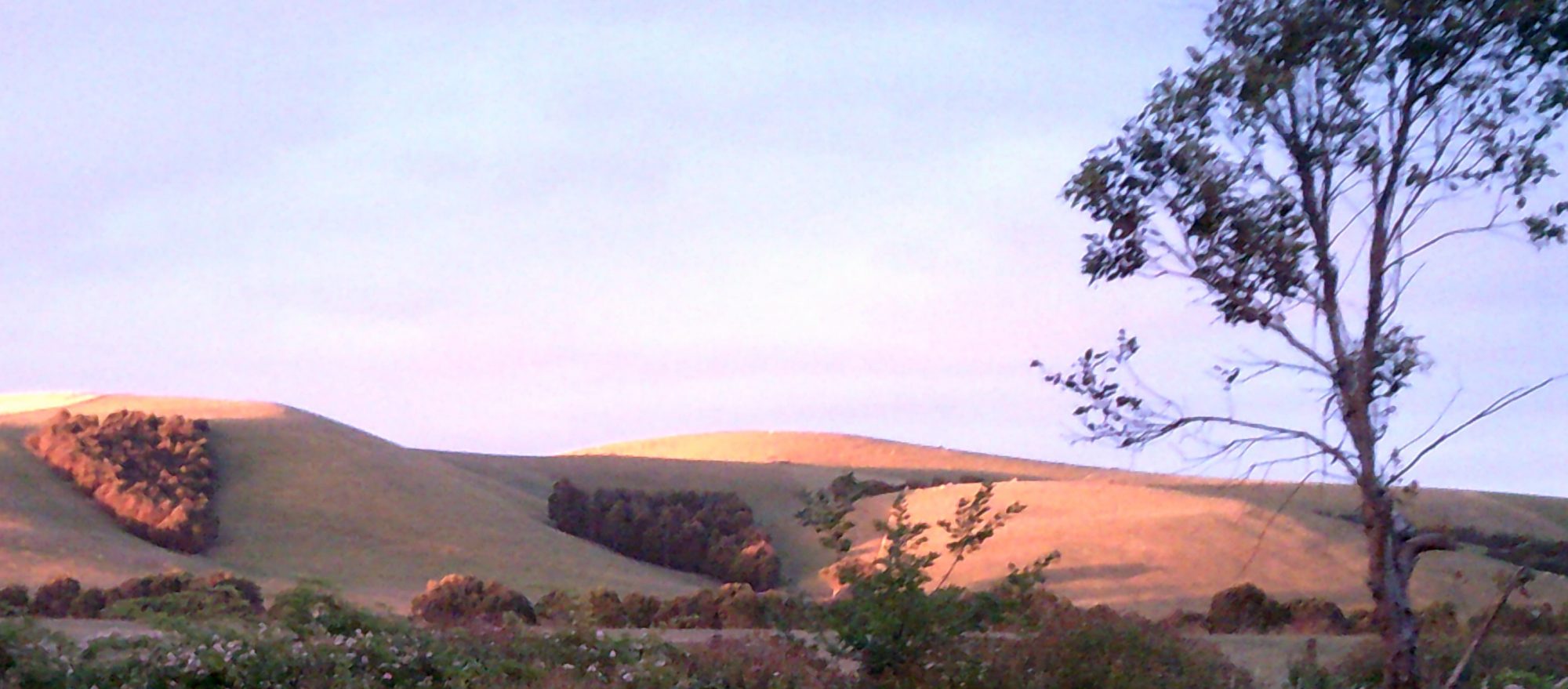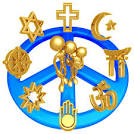Cuban street. Google images.
In 1959, Fidel Castro came to power in an armed revolt at the Bay of Pigs that overthrew Cuban dictator Fulgencio Batista. The dictator’s regime had been friendly with the US government and had allowed US interests (often corrupt) to flourish. The US government distrusted the communist Castro and was wary of his relationship with Nikita Khrushchev, the leader of the Soviet Union so the US planned an attack using support from Cuban exiles.
Before his inauguration, John F. Kennedy was told of a plan that was already in place, whereby the Central Intelligence Agency (CIA) had developed a strategy during the Eisenhower administration to train Cuban exiles together with the military for the invasion.
The first problem occurred on April 15, 1961, when eight bombers left Nicaragua to bomb Cuban airfields. The CIA had used obsolete World War II B-26 bombers, and painted them to look like Cuban air force planes. The bombers missed many of their targets. As news broke of the attack, photos of the repainted U.S. planes became public and revealed American support for the invasion. President Kennedy cancelled a second air strike.
On April 17, the Cuban-exile invasion force, known as Brigade 2506, landed at beaches along the Bay of Pigs and immediately came under heavy fire. Over the next 24 hours, Castro ordered roughly 20,000 troops to advance toward the beach, and the Cuban air force continued to control the skies.
Some exiles escaped to the sea, while the rest were killed or rounded up and imprisoned by Castro’s forces. Almost 1,200 members of Brigade 2506 surrendered, and more than 100 were killed.
The brigade prisoners remained in captivity for 20 months, as the United States negotiated a deal with Fidel Castro, prisoners in return for baby food. Castro eventually settled on $53 million worth of baby food and medicine in exchange for the captives.
Determined to make up for the failed invasion, the US administration sabotaged and destabilized the Cuban government and economy, but this only worked to lift the determination of the Cuban people to build their state independently of the major powers. .
The American plan failed when Russia came to Cuba’s aid placing nuclear missiles on a base in Cube pointing towards the US. The US in turn retaliated with threats of a nuclear war. We were just the press of a button away from total destruction.
Most people in Europe and America thought a Third World War was imminent. People took to the streets in protest.
I was still at school when I joined the Campaign For Nuclear Disarmament. One of the teachers at my school organised a group of students to go on a march in London. I ended up committed to the cause of global peace and marched across the country with thousands of others. We thought we had won when the Nuclear Weapons Treaty was signed, but we were wrong. Today, we are still threatened by the war that could end all wars and all of humanity.


